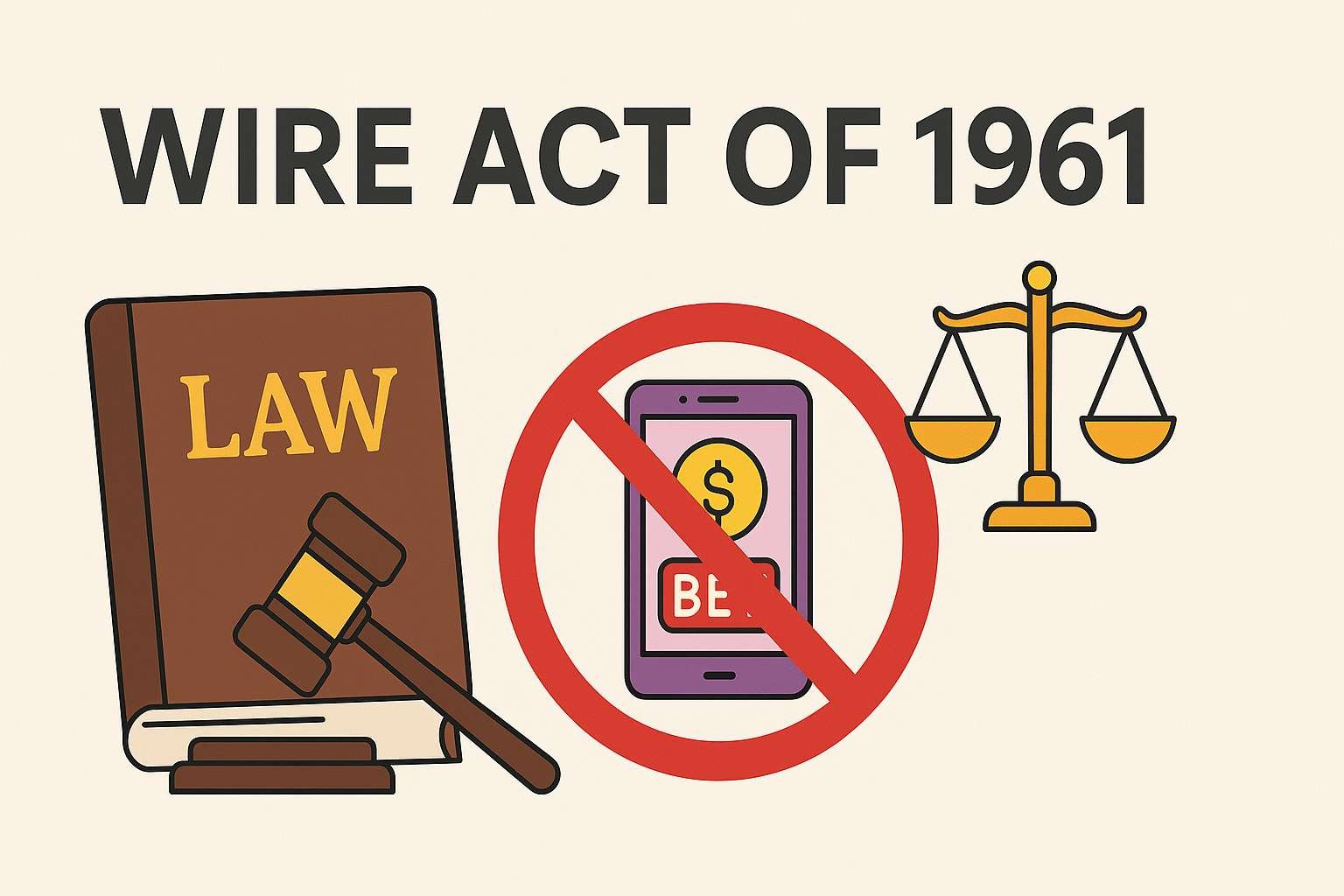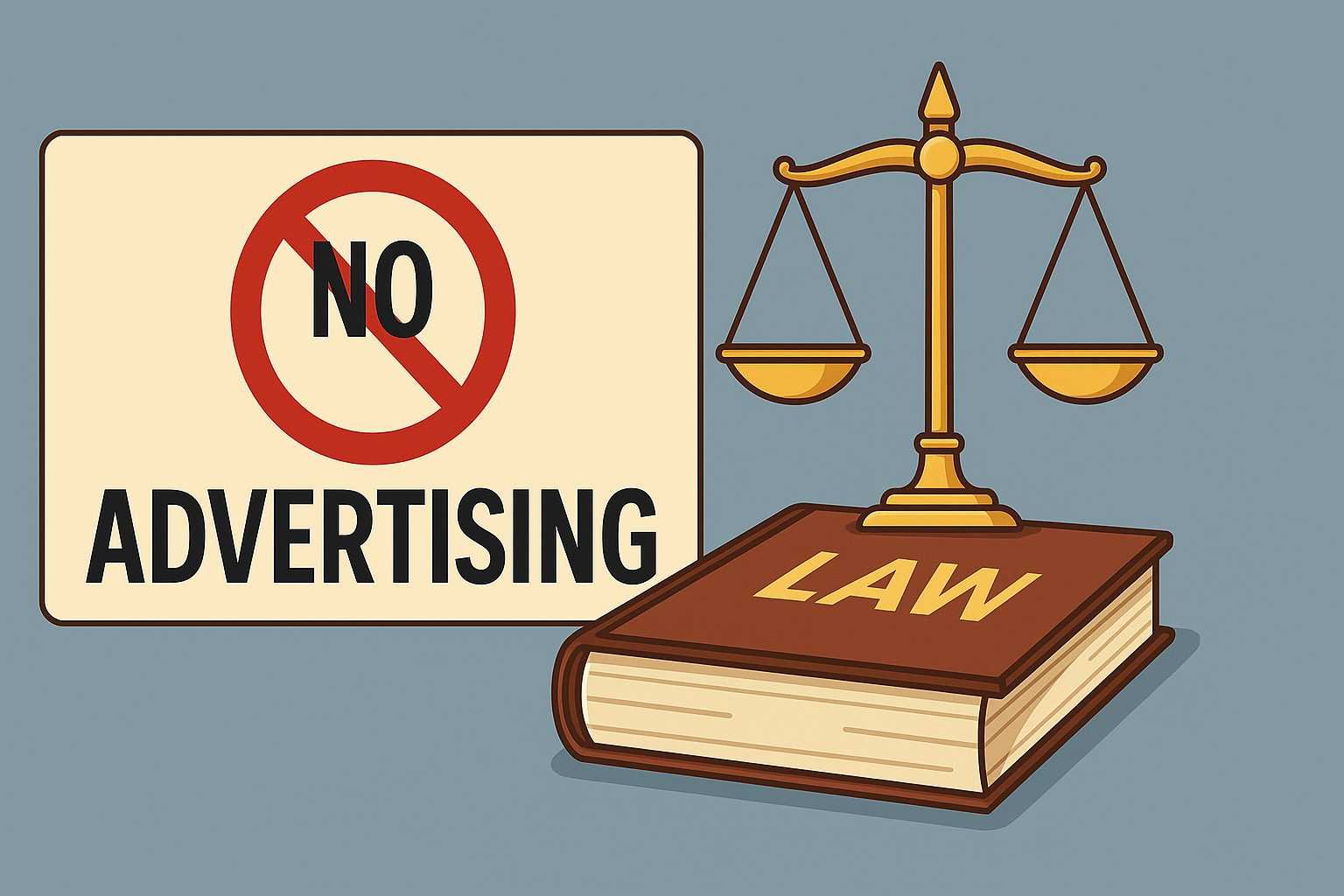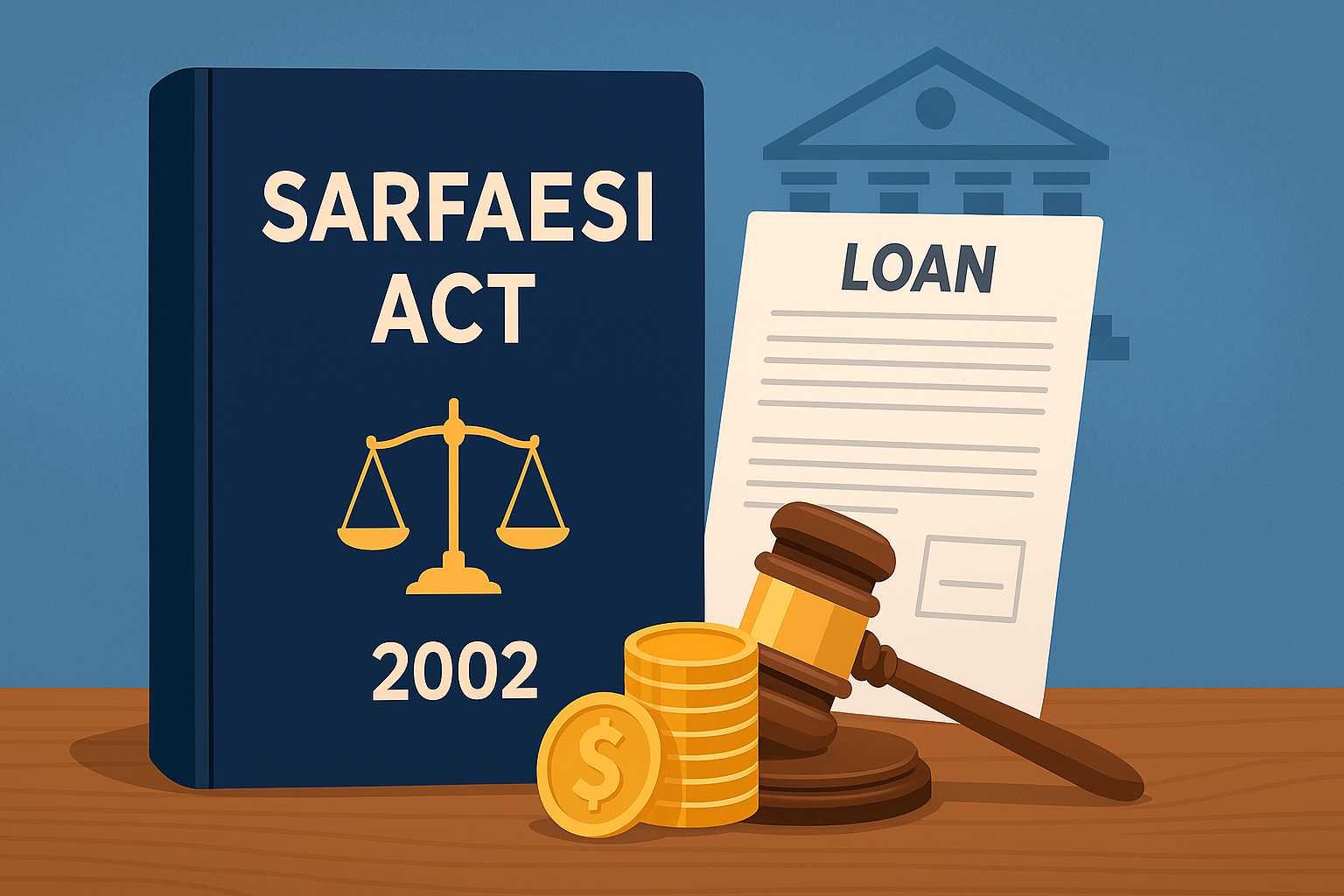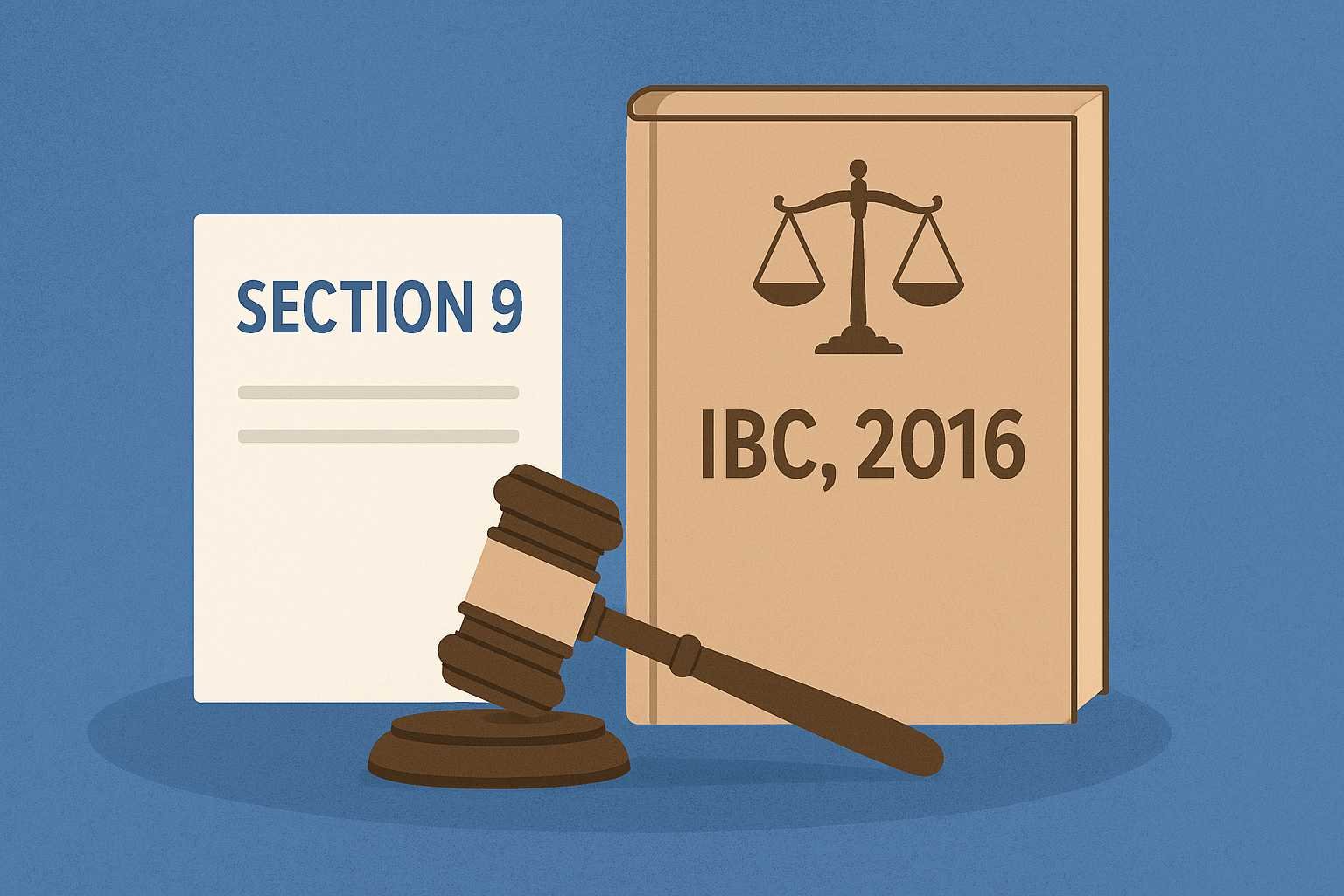On this page you will read detailed information about Railways Act, 1989.
The Railways Act, 1989 is the primary legislation that governs the construction, operation, regulation and maintenance of railways in India. It was enacted on 3 June 1989 and came into force on 1 July 1989, replacing the earlier Railways Act of 1890.
In a country where the rail network is one of the largest in the world, the Act provides the legal backbone for passenger and goods carriage, safety standards, land acquisition, offences, and responsibilities of railway administrations. In this blog we’ll examine its key features, major provisions, how it affects passengers and goods consignors, the major offences under it, recent trends, and conclude with what it means today.
Why was this Act introduced?
Before 1989, India’s railway law was governed by an Act from 1890, which by then was considered outdated in many respects. The Act of 1989 brought the law into a modern framework, recognising newer challenges: safety, large-scale goods movement, passenger rights, private participation, and more.
Among its objectives:
- To consolidate and modernise the law relating to railways (its long title is “An Act to consolidate and amend the law relating to Railways”).
- To define roles, powers and duties of railway administrations (zonal railways, general managers etc).
- To regulate the safety, maintenance, opening/closure, rates for passenger and goods carriage, and offences connected to railways.
- To provide remedies for loss or damage of goods, or injury/death of passengers due to railway operations.
Key Features and Structure of the Act
Definitions & Preliminary (Chapters I & II)
Early sections define important terms: “railway”, “railway administration”, “passenger”, “consignment”, etc.
Chapter II deals with railway administrations: appointment of general managers, zonal railways, etc.
Construction & Maintenance of Works (Chapter IV)
The Act empowers railway administrations to construct, maintain, alter railways, lines, sidings, works necessary for railway operations. For example, Section 11 gives power to execute necessary works.
Section 14 provides for temporary entry upon land for removing obstruction or preventing accident.
Opening of Railways (Chapter V)
Sections 21-29 deal with formalities for opening a railway for public carriage, closing, reopening, use of rolling stock, and sanctions required.
Fixation of Rates & Carriage of Goods (Chapters VI–IX)
Chapter VI allows the Central Government to fix rates for carriage of passengers and goods, including incidental charges like demurrage and wharfage.
Chapter IX addresses carriage of goods, including liability of railway administrations, rights of consignors/consignees. For example, Section 93 onwards deal with goods carriage liability.
Responsibilities of Railway Administration (Chapter XI)
The Act makes the railway administration accountable like a common carrier in some respects: e.g., for loss, destruction, damage or non-delivery of consignments.
Accidents & Liability (Chapter XII & XIII)
Chapter XII gives definitions of “accident” and related procedural provisions. Chapter XIII defines liability of railway administrations for death or injury to passengers due to accidents. For example, Section 123 deals with compensation to dependents.
Offences & Penalties (Chapter XV)
Sections in this chapter penalise offences such as travelling without ticket, unauthorized use of railway property, causing obstructions, smoking in prohibited compartments, etc. For instance, Section 137, 138, 143 are often pointed out.
Miscellaneous & Land Acquisition (Other Chapters)
The Act also provides for acquisition of land, utilisation of land for railway purposes, sharing of land price difference, etc.
Important Provisions that Affect Everyday Railway Users
Passenger Rights & Safety
- Passengers injured or killed in railway accidents have recourse under Sections dealing with liability. The railway administration may be responsible unless it can show the accident was due to external causes beyond its control.
- Safety standards such as maintenance works, temporary entry for clearing obstructions, power to change position of lines or drains, are built into the Act (Sections 11-16).
Offences by Passengers or Third Parties
- Travelling without a ticket or pass, or using a pass/ticket already used, is punishable (Section 137).
- Interfering with railway staff in their duties (Section 146), unauthorized hawking/begging in railway premises (Section 144), smoke offences (Section 167) etc. These help maintain order and safety on trains and stations.
Liability of Railway Administration and Goods Consignors
- For goods carriage, the Act treats the railway as a carrier and expects appropriate standards. Sections 93–112 address various liabilities in case of loss, damage or non-delivery.
- For land acquisition for railway use, the Act provides frameworks under which land may be acquired and compensation made.
Rate Fixation
- The Central Government can fix or revise fares for passengers, freight rates for goods, demurrage, wharfage etc. This means rates for carriage are not purely commercial but regulated.
In the previous post, we had shared information about PECA 2019: Prohibition of Electronic Cigarettes Act, 2019, so read that post also.
Recent Trends & Proposed Amendments
Although the Act dates to 1989, it remains updated via amendments and proposed changes. For example, the Railways (Amendment) Bill, 2024 seeks to provide statutory backing to the Railway Board, simplify legislative framework, bring in independent regulator, and accelerate infrastructure development.
Also, the conversation about rationalising penalties (e.g., decriminalising begging on trains, simplifying fines for smoking) has been in public policy.
Moreover, land-development provisions via the Rail Land Development Authority (RLDA), constituted under an amendment to the Act, are now significant in monetising and managing railway lands for commercial purposes.
These trends show that the Act is flexible enough to adapt, but also areas where further reform is under discussion.
Challenges and Criticisms
- Penalties disproportionate or outdated: Several offences carry very small fines (₹500, etc) in the modern context; policy proposals suggest modernization.
- Complex land-acquisition implications: While the Act provides for land utilisation, there remain debates on the rights of displaced persons and fair compensation. Legal Service India
- Safety enforcement: Even though the law is broad, accidents and derailments still happen, pointing to implementation gaps.
- Overlap with other laws: There are multiple laws (Railway Board Act 1905, Land Acquisition Acts, Metro Acts) interacting with this Act; the 2024 amendment bill addresses some consolidation issues.
- Passenger awareness: Many passengers are unaware of rights under the Act (liability for accidents, etc), leading to lower claims or delayed justice.
Why It Matters for You
If you travel by train or consign goods, the Railways Act, 1989 is your legal safeguard in many respects.
- As a passenger, if an accident occurs causing injury or death, you may rely on provisions in the Act for compensation.
- If you encounter a railway offence (ticket-less travel, overcrowding, misuse of property, unauthorized hawking), authorities may act under the Act’s penalty regime.
- As a goods consignor/consignee, the Act sets out your rights and the railway administration’s liabilities regarding carriage, loss or damage.
- For citizens and businesses alike, understanding rate-fixation powers and land-utilisation rules under the Act helps in anticipating costs, tariffs or land-use decisions.
Conclusion
The Railways Act, 1989 is a comprehensive piece of legislation that remains central to India’s railway governance: covering construction, carriage of passengers and goods, safety, rate fixation, offences, land issues and more. Although it has stood the test of decades, the railway sector’s evolving demands — private participation, land monetisation, infrastructure acceleration, safety technologies — mean the Act is the subject of continuing reform. For stakeholders—from everyday passengers, consignors, to regulatory authorities—knowing the Act’s core features empowers rights awareness, compliance, and informed engagement with the nation’s railway system.
Disclaimer
The information and services on this website are not intended to and shall not be used as legal advice. You should consult a Legal Professional for any legal or solicited advice. While we have good faith and our own independent research to every information listed on the website and do our best to ensure that the data provided is accurate. However, we do not guarantee the information provided is accurate and make no representation or warranty of any kind, express or implied, regarding the accuracy, adequacy, validity, reliability, availability, or completeness of any information on the Site. UNDER NO CIRCUMSTANCES SHALL WE HAVE ANY LIABILITY TO YOU FOR ANY LOSS OR DAMAGE OF ANY KIND INCURRED AS A RESULT OR RELIANCE ON ANY INFORMATION PROVIDED ON THE SITE. YOUR USE OF THE SITE AND YOUR RELIANCE ON ANY INFORMATION ON THE SITE IS SOLELY AT YOUR OWN RISK. Comments on this website are the sole responsibility of their writers so the accuracy, completeness, veracity, honesty, factuality and politeness of comments are not guaranteed.
So friends, today we talked about Railways Act, 1989, hope you liked our post.
If you liked the information about Railways Act, 1989 then definitely share this article with your friends.
Knowing about laws can make you feel super smart ! If you find value in the content you may consider joining our not for profit Legal Community ! You can ask unlimited questions on WhatsApp and get answers. You can DM or send your name & number to 8208309918 on WhatsApp







